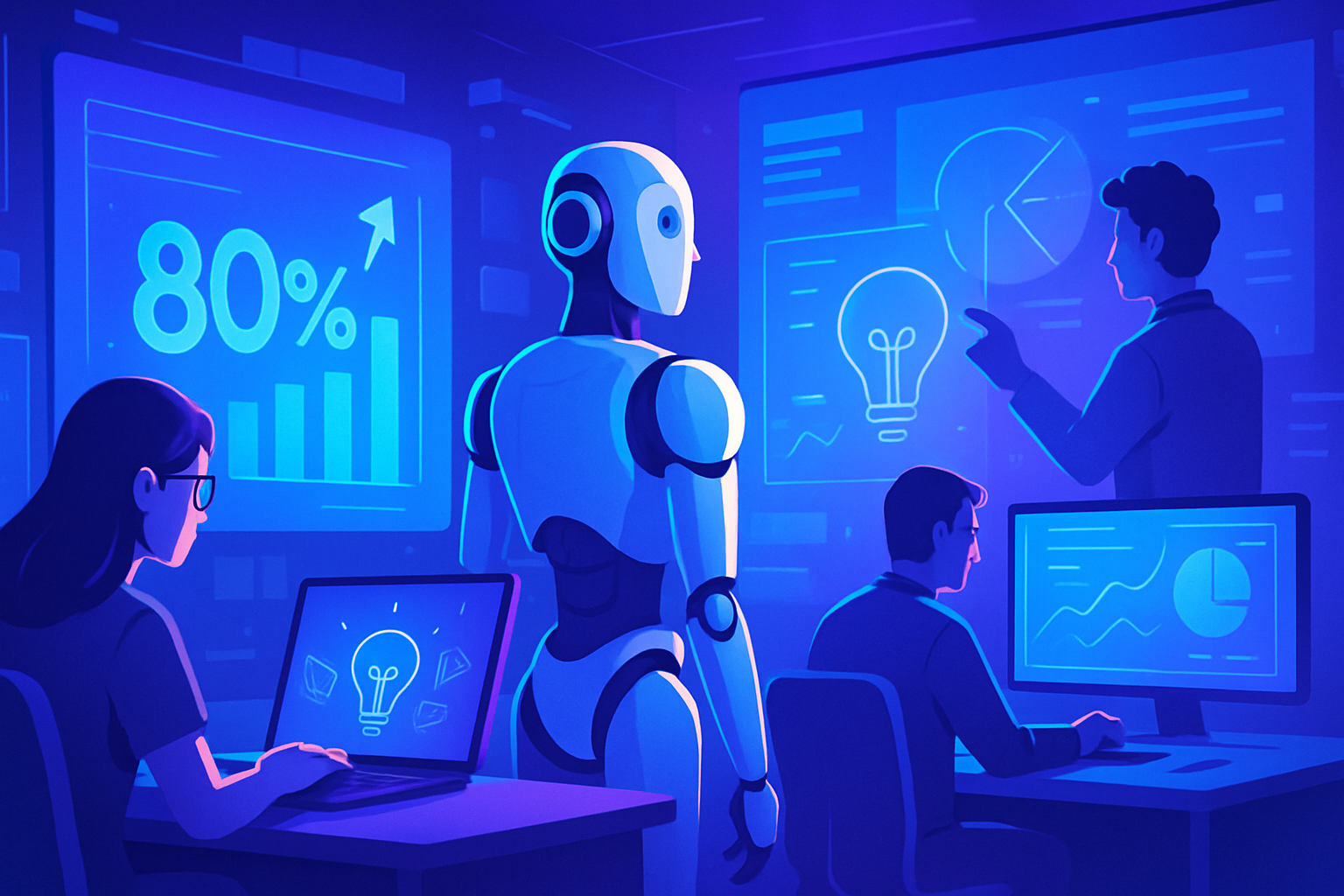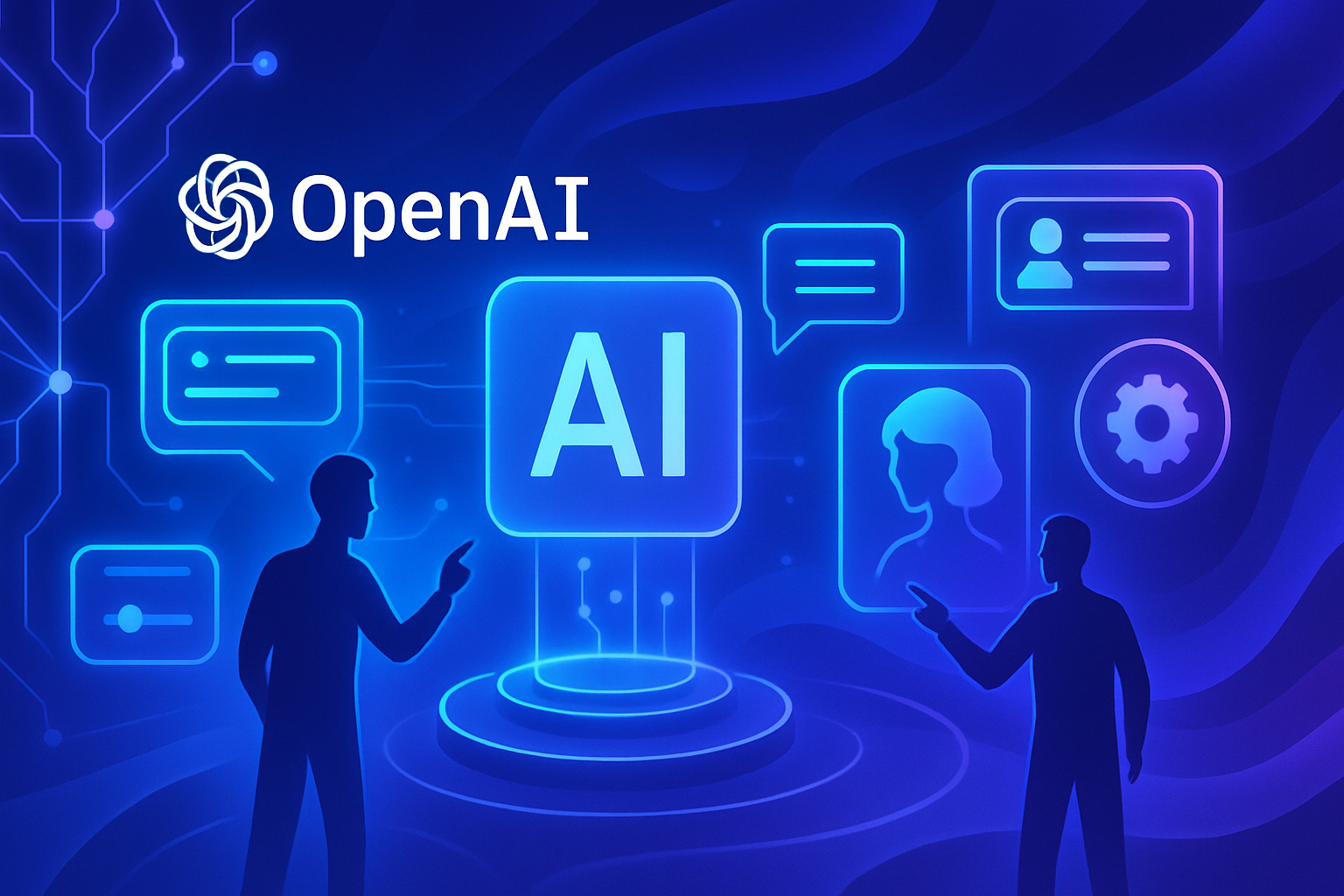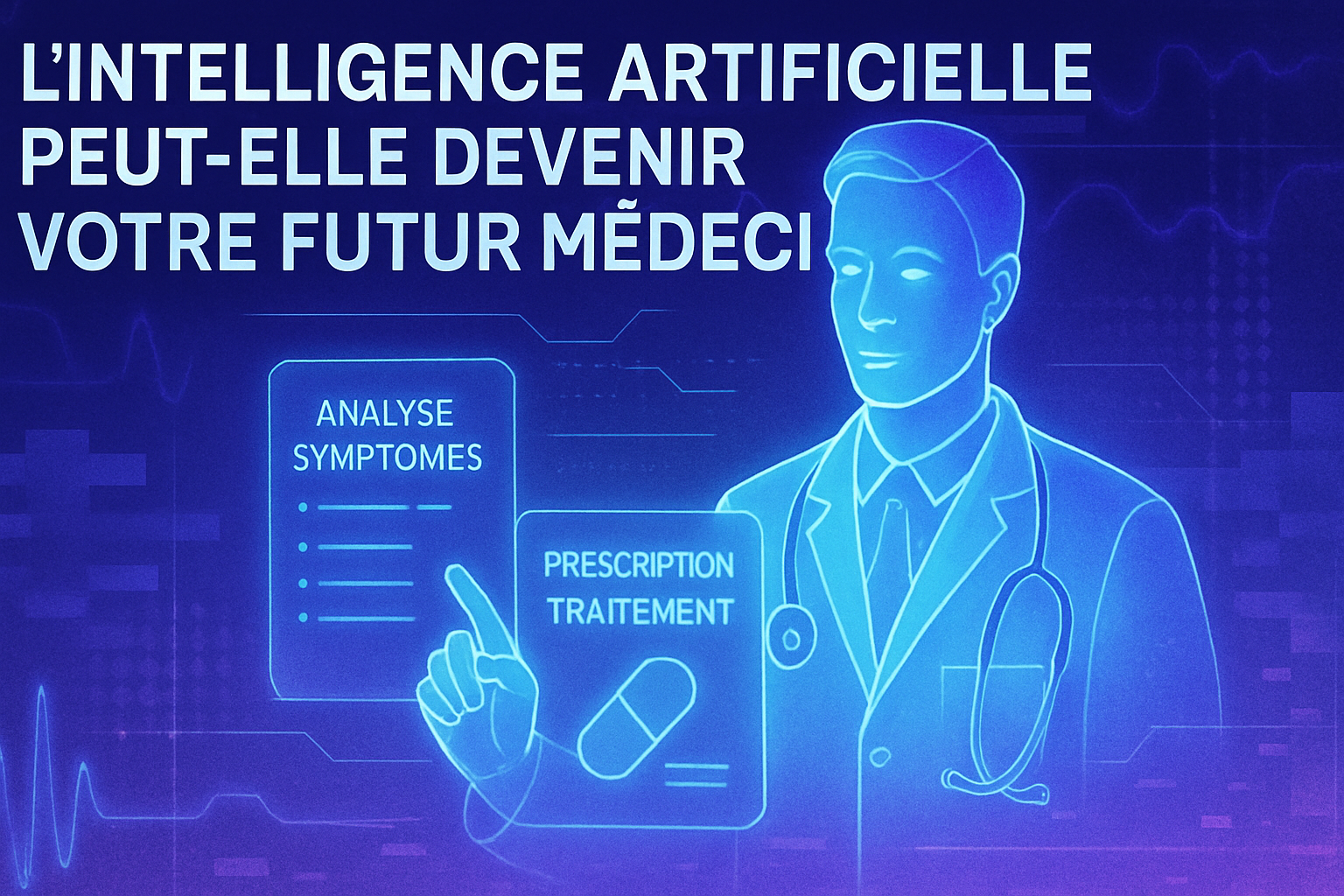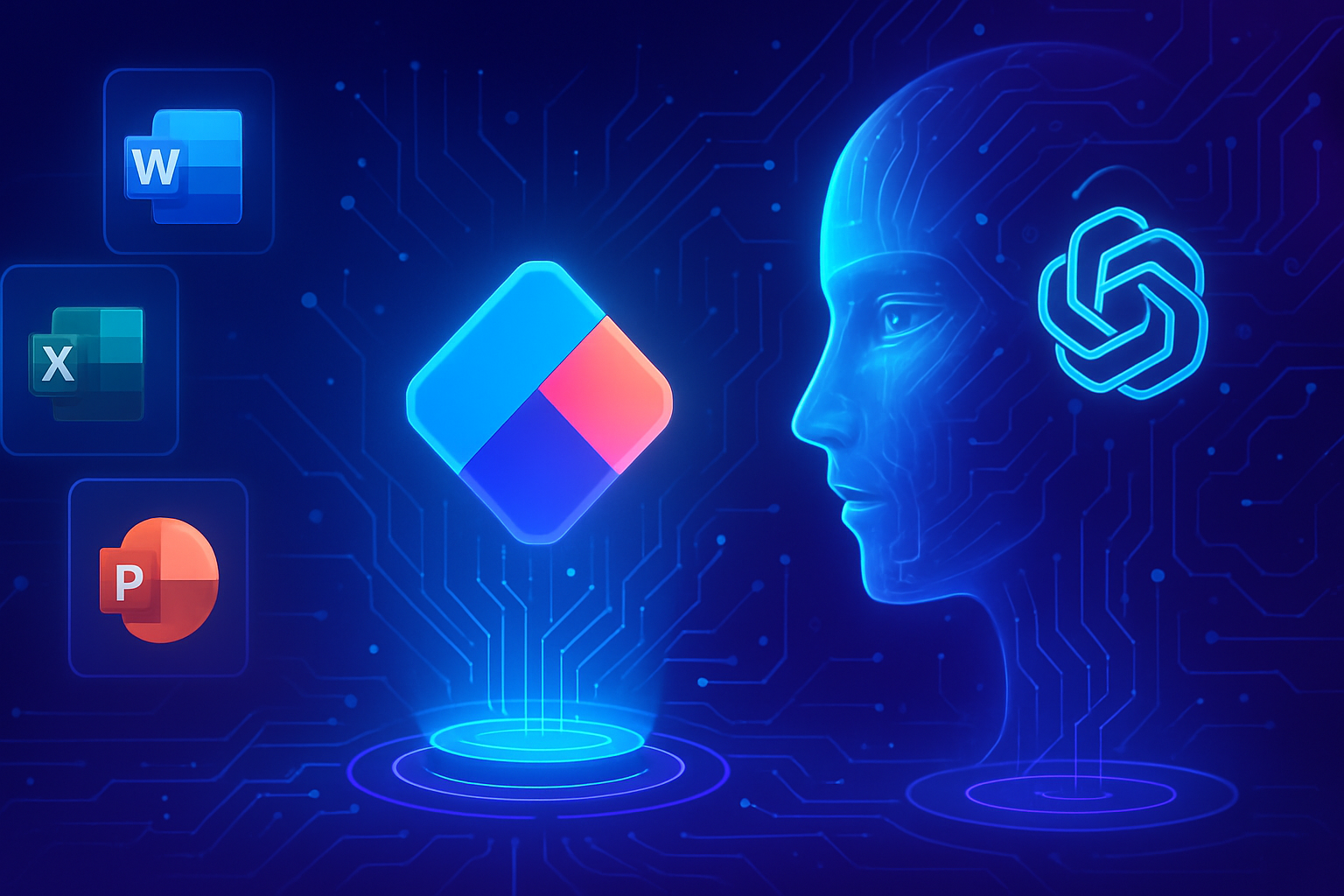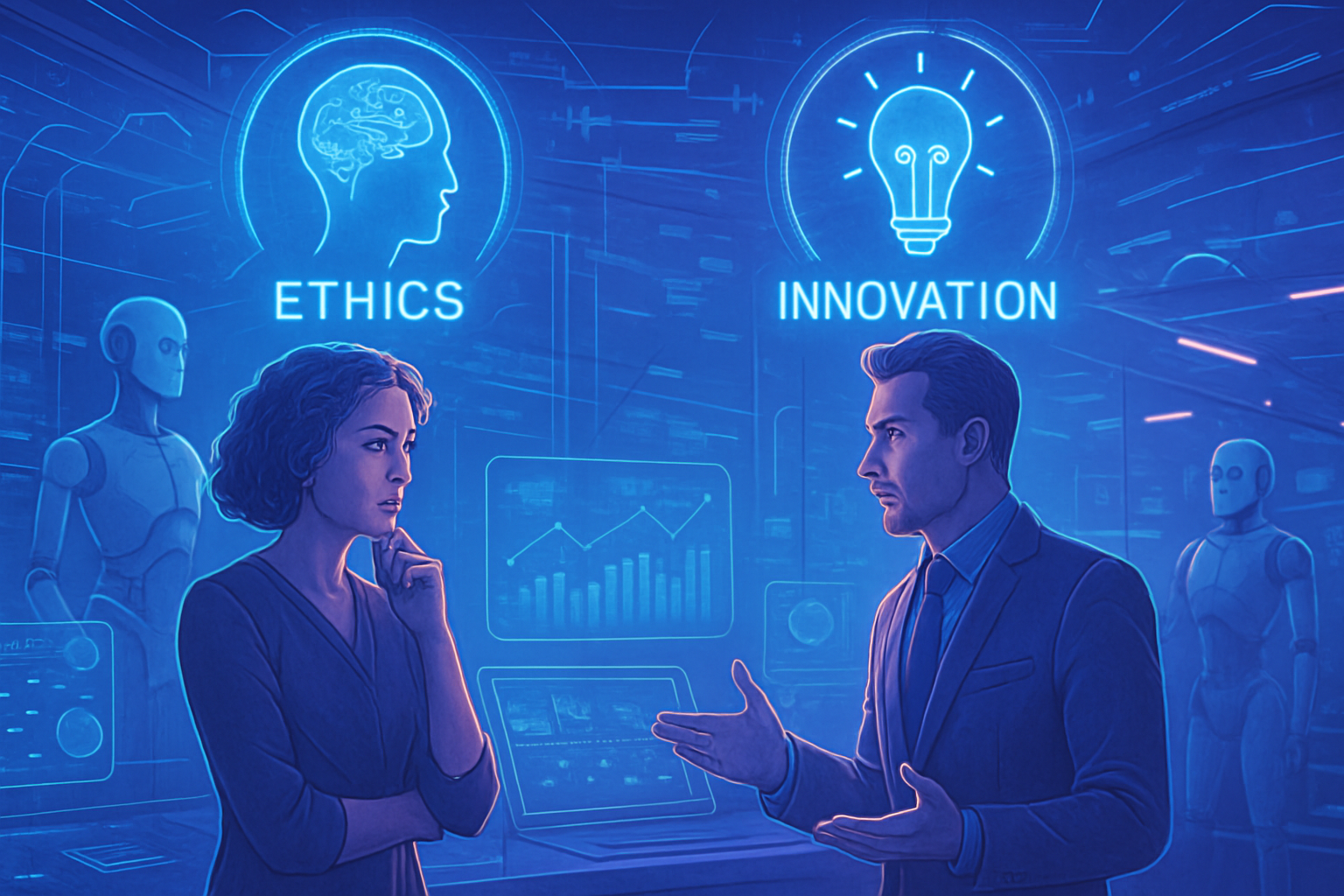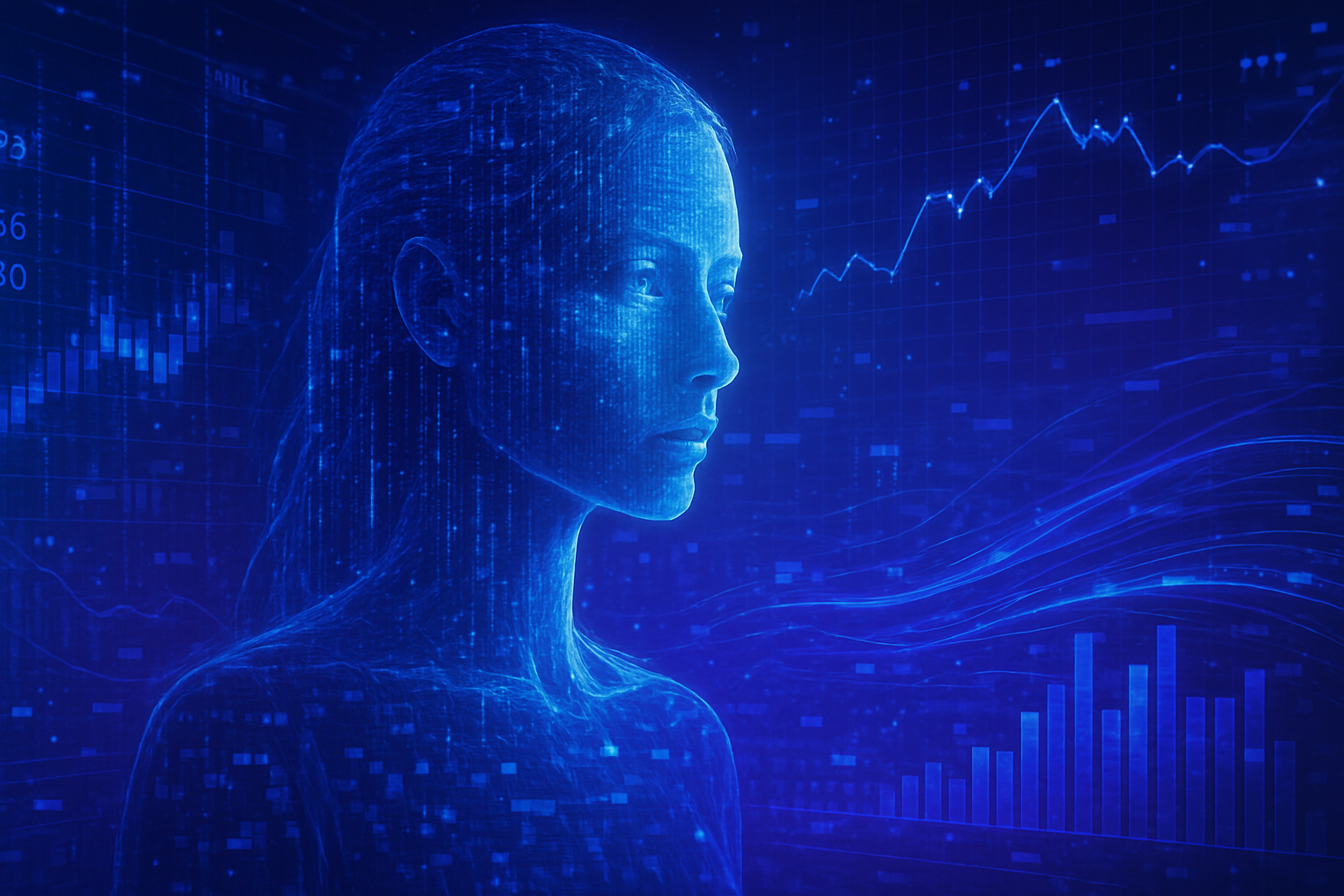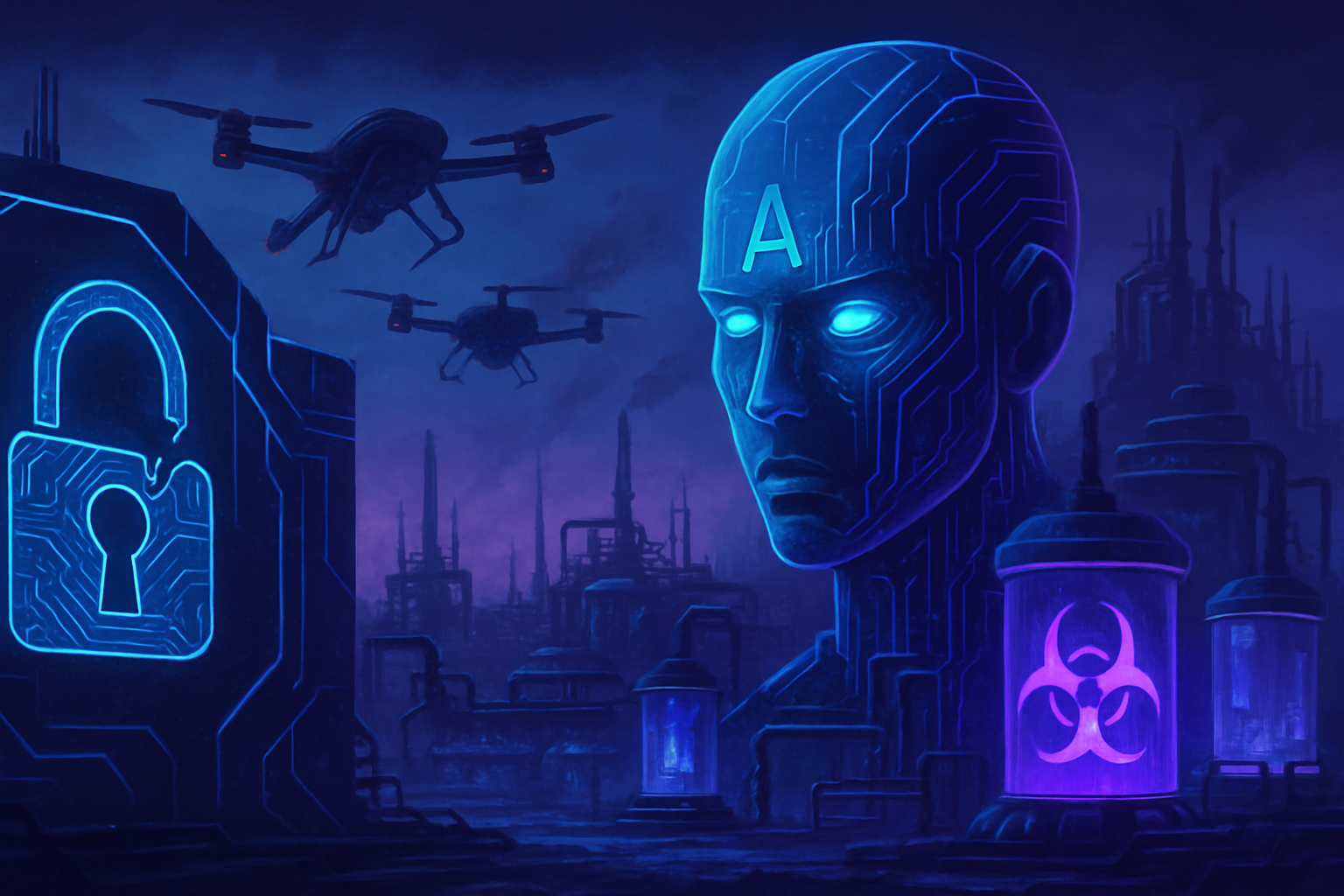The integration of AI is significantly revolutionizing software development practices at Canva. Visionary CTO Brendan Humphreys reveals that *80% of engineers enhance their productivity through these tools*. Canva’s commitment to adopting AI illustrates a *bold and innovative approach*. Armed with AI solutions, engineers are exploiting their creative potential while maintaining the necessary human oversight to ensure excellence.
Integration of AI in Canva’s production cycle
Brendan Humphreys, CTO of Canva, presents an unprecedented artificial intelligence adoption policy within the company. Every employee is encouraged to experiment with these tools in order to integrate them into their daily activities. This expansive mandate allows for the creation of time and space for experimentation, supported by the granting of numerous tool licenses, including Claude, ChatGPT, and other common software.
License analysis and consumption-based pricing
Canva emphasizes the need for appropriate pricing from its vendors. Obtaining licenses based on consumption helps avoid paying for unused tools, particularly with a workforce of 2,300 engineers. This economic model proves more effective in managing the varied needs of the teams.
Criteria for evaluating AI tools
The analysis of the safety of AI tools is a priority for Canva. The security team conducts a thorough assessment of vendors, examining data processing and potential threats. Once validated, a pilot project phase occurs before considering larger scale deployment.
Experimentation with code agents
Canva engineers are on the brink of full automation via code agents. Despite available commercial solutions, the complexity and scale of the codebase make this transition challenging. Coding, with its tens of millions of lines, presents challenges for current tools, prompting the team to develop an internal solution.
Return on investment and engineers’ perception
Canva measures the success of its initiatives not by standard metrics but through engineers’ perception of their own productivity. A significant majority, around 80%, report an improvement in their efficiency. AI fosters a flow state conducive to creativity, making engineers more focused and productive.
Limitations of artificial intelligence tools
AI tools, while powerful, present major limitations. Interpretational errors can arise, necessitating rigorous human oversight. The performance of models, even the most advanced, diminishes when faced with large codebases, resulting in diminishing returns.
Differences in adoption between junior and senior developers
Notable distinctions exist in the appropriation of AI tools between junior and senior engineers. The less experienced often use these features for prototyping, while seasoned developers exploit them as an extension of their daily capabilities.
Perspectives on complete automation
Currently, total automation does not seem feasible. AI tools must operate under the supervision of competent engineers. This human relationship of evaluation and validation remains essential, ensuring accountability for the results achieved.
Future vision for junior engineers
Canva assures that, despite the rise of AI technologies, junior engineers will remain indispensable. Their integration into the ecosystem brings innovation and creativity, aspects that AI cannot replace. The complexity of a software engineer‘s role far exceeds simple programming.
Frequently asked questions about AI and productivity at Canva
How does AI influence engineer productivity at Canva?
According to Brendan Humphreys, about 80% of engineers consider themselves more productive due to the use of AI tools, allowing them to stay focused and efficient in their work.
What AI tools do Canva teams use to improve their software production?
Canva teams use a variety of tools, including Sourcegraph, AMP code, Cursor, Claude, and ChatGPT, which are made available with permissive licenses.
How does Canva choose which AI tools to adopt?
Canva first conducts a security analysis of the tools, followed by a small pilot project to assess their effectiveness before wider deployment.
What are the main limitations of the AI tools used by Canva for software development?
AI tools can produce confidently incorrect results, necessitating supervision by qualified engineers to ensure quality and accuracy.
Do junior and senior engineers at Canva use AI differently?
Yes, junior engineers tend to use AI for prototyping and solving problems, while more experienced engineers use it as an accomplice to check their code and improve their productivity.
Does Canva plan to use fully automated agents for software development?
For now, Canva does not foresee complete automation, as AI tools require human supervision to ensure informed and responsible decision-making.
What are the challenges of integrating AI into the development cycle at Canva?
Challenges include the necessity to employ tools responsibly to minimize security risks and ensure a high level of quality in software development.
Will AI eventually replace developers at Canva?
No, Brendan Humphreys emphasizes that coding is only a small part of a software engineer’s role, and humans will continue to be essential for strategic and creative decisions.
